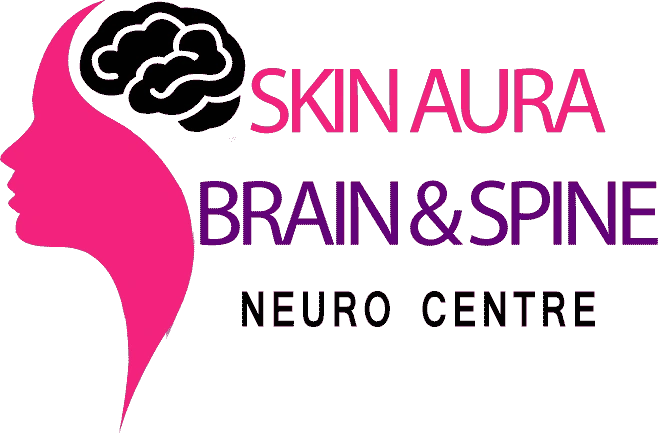Movement Disorder
ovement disorders are neurological conditions that affect the speed, fluency, quality, and ease of movement. Abnormal fluency or speed of movement (called dyskinesia) may involve excessive or involuntary movement (hyperkinesia) or slowed or absent voluntary movement (hypokinesia).
Movement disorders include the following conditions:
- Ataxia (lack of coordination, often producing jerky movements)
- Dystonia (causes involuntary movement and prolonged muscle contraction)
- Huntington’s disease (also called chronic progressive chorea)
- Multiple system atrophies (e.g., Shy-Drager syndrome)
- Myoclonus (rapid, brief, irregular movement)
- Parkinson’s disease
- Progressive supranuclear palsy (rare disorder that affects purposeful movement)
- Restless legs syndrome (RLS) and reflex sympathetic dystrophy/periodic limb movement disorder (RSD/PLMD)
- Tics (involuntary muscle contractions)
- Tourette’s syndrome
- Tremor (e.g., essential tremor, resting tremor)
- Wilson disease (inherited disorder that causes neurological and psychiatric symptoms and liver disease)
Common dystonias include spasmodic torticollis, which affects muscles of the head, face, and neck, and blepharospasm, which causes involuntary closing of the eyelids.
Tourette’s syndrome is an inherited disorder characterized by multiple motor and vocal tics (repeated muscle contractions). Symptoms of Tourette’s usually develop during childhood or early adolescence. Patients with the disorder often develop behavioral problems such as hyperactivity, inattention, impulsivity, obsessions, and compulsions. In most cases, symptoms vary in frequency and in severity.


